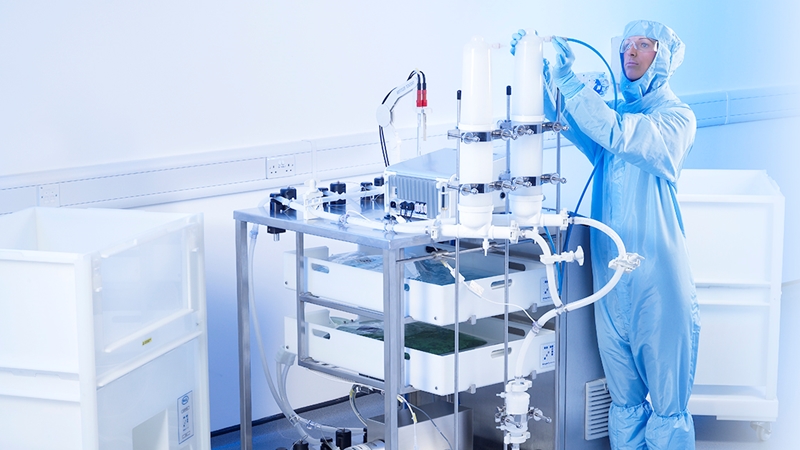Once pharma manufacturers receive regulatory approval, fast product launch is crucial and slow transfer of technology from R&D to manufacturing can cost vital market shares. But did you know that the well-known automation standards S88 and S95 can speed up tech transfer to launch products faster?
Tech transfer is the transfer of knowledge about new products and processes from product development to production. It may also entail transfer of knowledge about existing products and processes by acquisition, merger and outsourcing of production.
Tech transfer is a broad and complex process, which not only requires knowledge about products and processes, but also knowledge about equipment, automation, procedures, roles and responsibilities, competencies and training requirements. Misunderstandings in this process can lead to severe errors and delays and have dramatic economic consequences.
Within the pharmaceutical industry, organizations such as the International Society for Pharmaceutical Engineering (ISPE) and the Parenteral Drug Association (PDA) have long sought guidelines as to how tech transfer can be performed as safely as possible, but this is a field that has a reputation for lacking real standards. As it turns out, the well-known automation standards S88 and S95, which we have used for many years in automation, can pave the way for a substantially quicker and smoother tech-transfer process.
The universal language
When developing an efficient tech-transfer tool, one thing becomes clear fast – the need for a common language. Developers and production staff may use the automation standards S88 and S95 to describe products and processes using common, uniform language, thus avoiding a cumbersome translation and interpretation process when introducing a new product to production.
Based on this language, Johnson & Johnson, one of the biggest players in the pharma industry, has developed a recipe data warehouse for smooth transfer of knowledge from R&D to production. This data warehouse is linked to a variety of source systems, such as Laboratory Information Management Systems (LIMS) and Manufacturing Execution Systems (MES), and features tools for modelling recipes and analyzing completed production runs.
Therefore, the solution can both simulate production runs for new recipes and analyze complex correlations between process and quality parameters for completed recipes. This dual-purpose solution offers a unique opportunity to optimize both products and processes for existing equipment.
Wiki guidance
In addition to the recipe data warehouse, Johnson & Johnson has also developed a guidance system, in which tech-transfer best practices are compiled into short, easy-to-understand articles to help less experienced staff do everything in the smartest and most effective way.
Other pharmaceutical firms such as Pfizer have created similar solutions and achieved great results with faster and more effective product launches. Shared product and process models for development and production are well known in other industries. The mechanical industry is using standards for transferring knowledge from design to production based on computer-aided design and manufacturing systems (CAD/CAM). The building industry utilizes building information management (BIM) systems for a management of "product" models, from design through construction to operation and maintenance of buildings.
Whatever the method, a common language and data structure supported by a good guidance is a requirement for successful tech transfer. Why reinvent in the wheel when tried-and-true automation standards can help you get your product to market smarter and faster?



